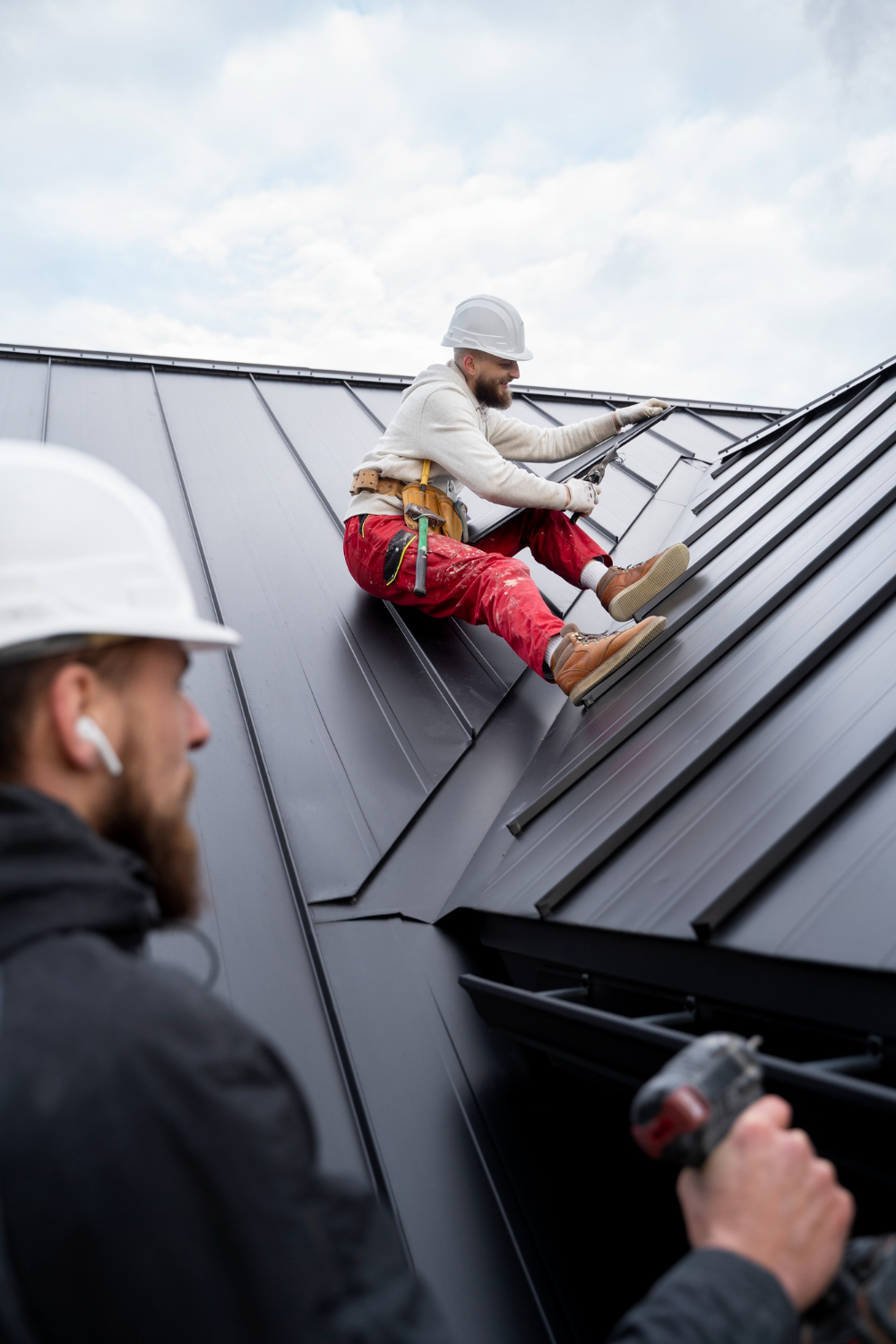
A commercial roof is an important investment that protects a building’s interior and contents from water damage. It requires specific materials and upkeep to maximize its lifespan.
The most popular commercial roofing materials include BUR (Built-up Roofing), PVC, TPO (thermoplastic polyolefin), and EPDM. Each material has advantages and disadvantages, so consider the climate in your area when selecting a roof type.
Materials
The type of roofing material that is used on a commercial property can have a big impact on the durability and strength of the structure. There are many types of roof materials to choose from, and each one offers its pros and cons.
Some popular commercial roofing materials include polyvinyl chloride (PVC), ethylene propylene diene monomer (EPDM), and thermoplastic polyolefin (TPO). These types of single-ply membranes are typically installed on low-slope structures. They are lightweight, highly reflective, and offer a range of other benefits, such as excellent weathering, puncture resistance, bacterial growth, and fire resistance.
Another option for commercial buildings is shingle roofing. These can be made from asphalt, fiberglass, 3-tab shingles, architectural shingles, and even slate, clay, or ceramic. They are typically attached using a fully adhered system. Many shingle roofs also have insulation. This helps to reduce energy costs and provide a more comfortable environment inside the building.
Installation
Whether you’re updating an existing commercial building or you have new construction projects in the works, the type of roof you choose will significantly impact long-term costs. The variety of commercial flat or low-slope roof types is extensive, from single-ply membranes to seamless elastomeric coatings, asphalt shingles, and metal roofing.
Your commercial roof is your building’s first defense against the elements. It protects the interior from rainfall, snow, high winds, and solar heat. A leaky roof can lead to costly repairs and structural damage over time. Regular inspections and maintenance help extend the life of your commercial roof. Cleaning regularly can help remove debris from the roof, which can clog drains and cause standing water or other problems.
Maintenance
Commercial roofing must be inspected regularly, especially after extreme weather events and following any roof repairs. A thorough checklist should include the flat or field of the roof, gutters, drains, skylights, and equipment supports. Low spots that collect water, moss, or fungus should be cleaned, and any leaks repaired immediately. The checklist should also include a full inspection of expansion joints, roof edges, terminations, flashings, and control joints.
Commercial properties are complex buildings that require a proactive approach to maintenance. Minor damage should be nipped in the bud so that it doesn’t become a more significant problem that can affect occupants’ safety and the property’s value and lead to expensive structural damage. A well-maintained roof increases energy savings and helps prevent expensive repair bills. Working with a professional commercial roofing contractor is the best way to ensure this. A company can inspect and perform maintenance services, identifying problem areas before they become bigger issues.
Repairs
The roof is one of the most important parts of a commercial building. It protects the interior from water damage and keeps things safe from severe weather, but it must also be repaired occasionally.
Whether your roof is damaged by continuous exposure to the sun or strong storms with high winds, there are ways to repair it quickly and efficiently. A skilled commercial roofing contractor can provide valuable advice on your best options.
For example, if you have a leaking spot or other problem, a contractor can help you decide whether to use a liquid or self-adhering membrane. The liquid application means you won’t have to tear off your existing coverings, and it will leave little or no fumes to keep your workers safe. A good contractor can also explain the different options and their costs. This will make it easier to compare quotes and find the best deal.
